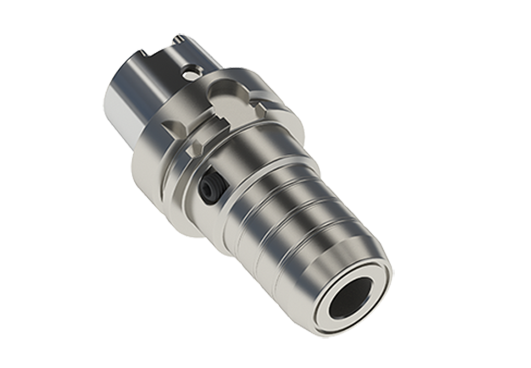Maintenance Methods for Hydraulic Tool Holders
Hydraulic tool holders are essential connecting components between machine tools and cutting tools, playing a crucial role in metalworking. It is vital to keep these holders clean and free from metal dust and impurities, which can damage the tool holder over time. Maintaining the precision of the tool holder is also essential, and the critical mating surfaces should not be altered after being ground to ensure accuracy.
Proper maintenance can significantly extend the life of hydraulic tool holders, ensuring smoother operations and reducing overall production costs. The following are key maintenance practices:
1. Avoid Direct Contact with Sweat and Oils
Hands should avoid direct contact with the tool holder to prevent sweat and oils from coming into contact with the tool. Sweat, which contains salts, can cause corrosion on the tool holder. If it’s necessary to handle the tool holder by hand, it’s crucial to apply anti-rust oil immediately afterward. Additionally, always develop a habit of applying anti-rust oil both before installation and after removing the tool holder.
2. Regularly Check Coolant Concentration
The coolant used in machining helps in cooling and lubrication, but if its concentration is too low, it can encourage bacterial growth and accelerate corrosion of the tool holder. It’s essential to regularly monitor the coolant concentration and adjust it as needed to ensure it’s within the proper range. Different coolants have different rust-prevention properties, so it’s crucial to select the appropriate one for the intended use.
3. Cleanliness and Anti-Rust Treatment
Cleaning and rust prevention are critical for the longevity of tool holders. For holders that are not in use for extended periods, anti-rust oil should be applied to prevent corrosion. Additionally, regular inspection and reapplication of anti-rust oil should be part of the maintenance routine.
4. Maintain Clean Mating Surfaces
The mating surfaces between the tool holder and the tool directly affect the precision and stability of the connection. These surfaces should always be kept clean, free from metal dust, debris, or contaminants that can affect the fit and damage the components. Any contamination can lead to wear or misalignment, which would result in poor performance.
5. Prevent Exposure to Humidity
Humidity is a major cause of rust and corrosion. Hydraulic tool holders should be stored in a dry environment, ideally in a moisture-proof storage box. If the environment is naturally damp, the tool holder should be coated with anti-rust oil for additional protection.
6. Periodic Functional Checks
Regular checks of the tool holder’s condition are essential. Look for signs of wear, cracks, or other damage that may compromise its performance. Ensuring the tool holder is functioning correctly before every use can prevent unexpected failures during operations.
7. Reapply Anti-Rust Oil
Always apply anti-rust oil before installing and after removing the tool holder. For tool holders that remain idle for long periods, they should be periodically checked and re-coated with anti-rust oil to keep them protected.
By following these maintenance practices, hydraulic tool holders can last between 5 to 8 years. Choosing high-quality and stable tool holders will not only enhance production efficiency but also help to reduce overall production costs. Regular care and proper maintenance are key to ensuring optimal tool holder performance and extending its lifespan.

